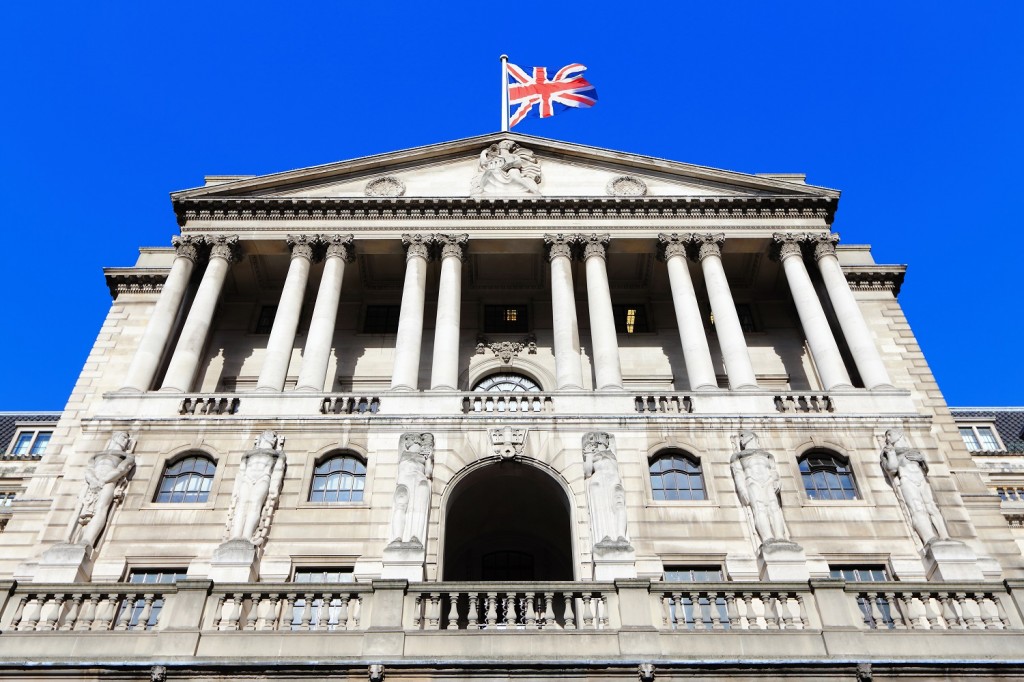
Homeowners remortgaging in the second half of this year will see their monthly mortgage payments jump by around £220, according to the Bank of England.
The central bank says this is based on mortgage rate rises of 3.25%, in its July financial stability report.
Of the country’s 8.2 million mortgage holders, around 4.4 million have already seen payment increases since the BoE raised the base rate 13 times since December 2021 to stand at 5% as it battles inflation.
The majority of the UK’s remaining 3.8 million mortgage holders will see their rates rise by the end of 2026, with around a million households facing monthly mortgage repayments rises of up to £500.
The BoE says: “An increase in rates could lead to some households struggling to afford debt repayments, cutting consumption, or defaulting on their debt.”
But the bank says the rise in interest rates has had less impact on home borrowers than during the 2008 financial crisis due to “the increased popularity of longer fixed-rate mortgages over recent years”.
In the first quarter of this year, 87% of the outstanding value of the country’s residential mortgages was on a fixed rate, compared to under 30% in the early 2000s.
The BoE says: “This delay in the impact of higher interest rates on household debt-servicing costs also delays the impact on household consumption and on the probability of default.”
But the central bank adds that landlords “are particularly exposed to higher interest rates” because “the vast majority” of their deals are interest-only home loans.
It says: “This means that, proportionally, buy-to-let mortgage payments will be much more sensitive to changes in mortgage rates. Landlords may seek to pass additional costs on to renters, increasing the financial pressure on those households.”
If landlords decide to dispose of properties, widespread selling “could put downward pressure on UK house prices,” the BoE points out.



